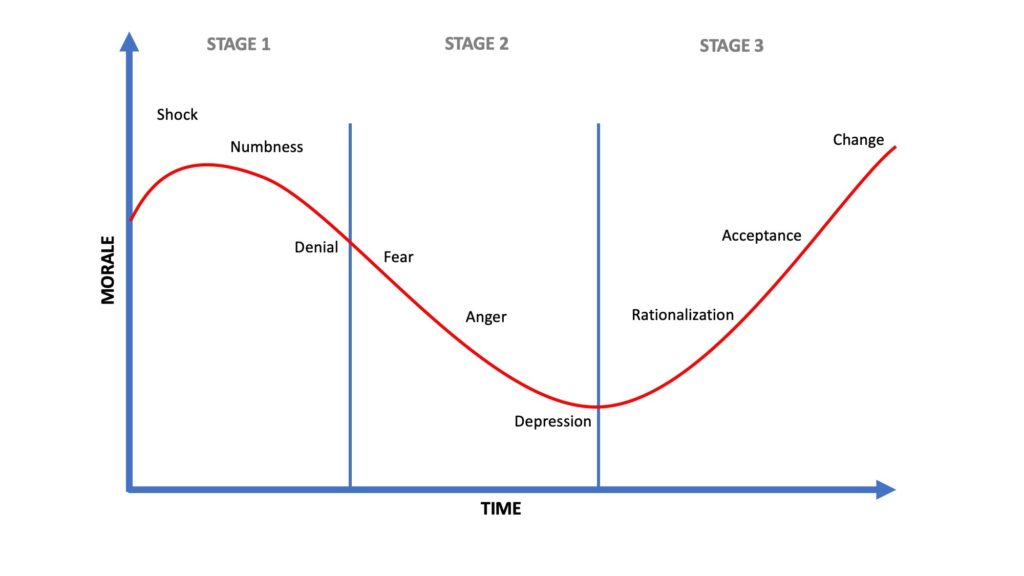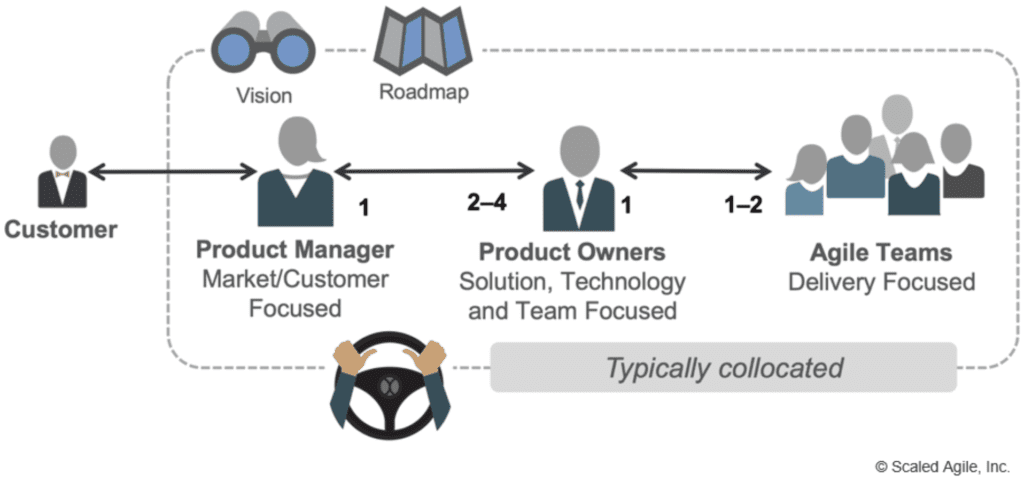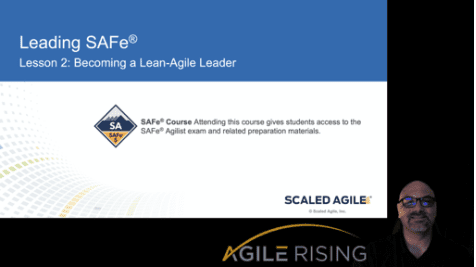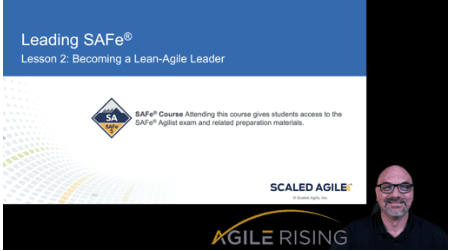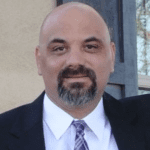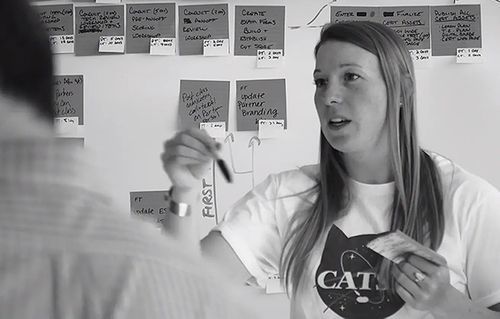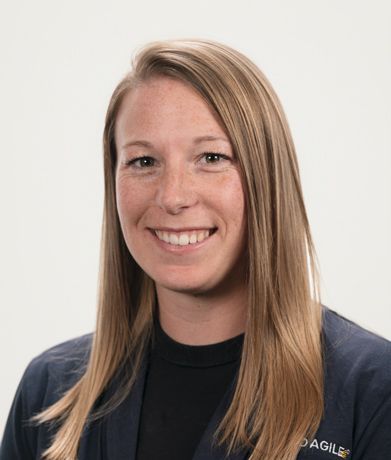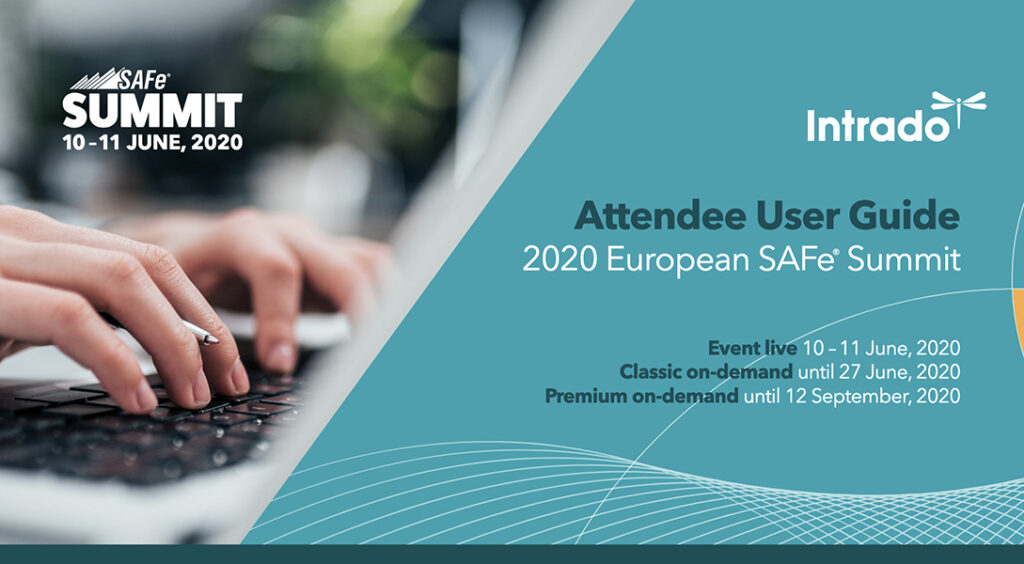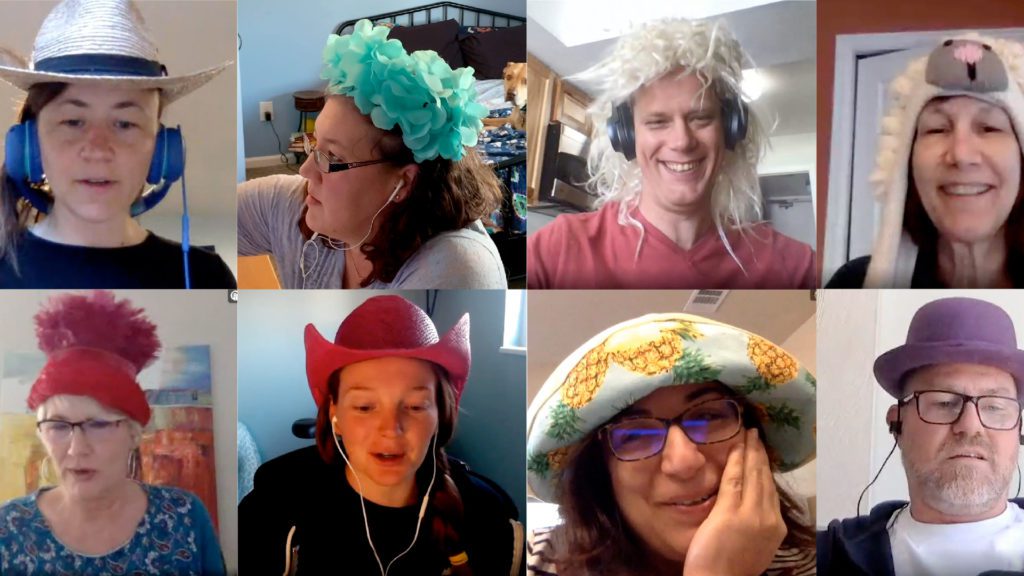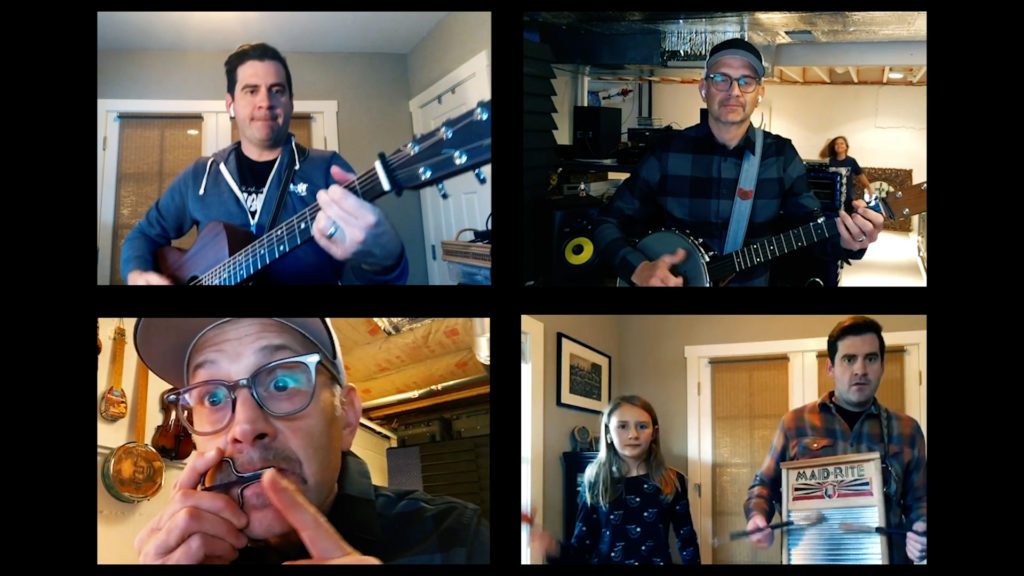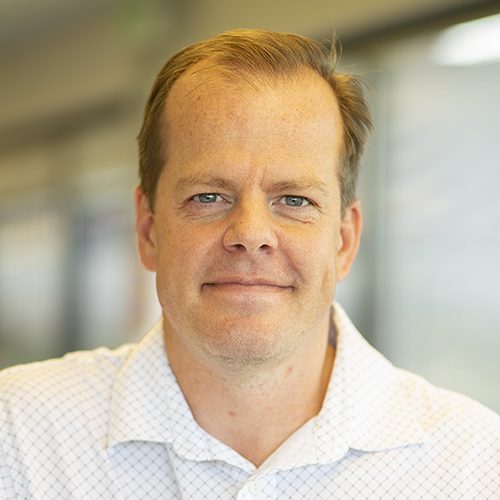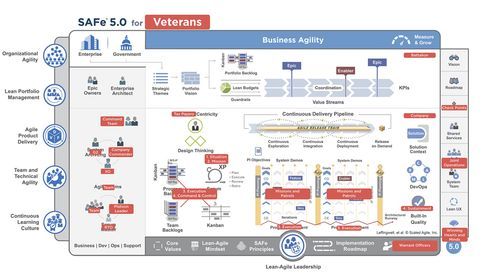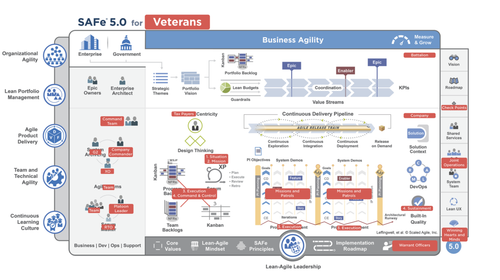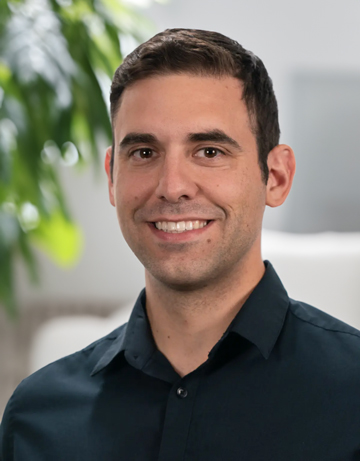Games to play with leaders and teams to embed the principles in your organization.

It’s been over two years since we first launched our popular SAFe® Principle cards. With the advent of SAFe version 5.0, the introduction of a new 10th principle and the launch of a new, updated set of principle cards, it’s a great time to look back at how we’ve been using the cards and the benefits they’ve generated.
This blog post is split into four sections, covering:
- A brief introduction to the cards (and where to get them)
- Engaging executives and other leaders
- Reflecting on how well the principles are being applied
- Brightening up training events
A brief introduction to the cards
As one of the first SPCTs in Europe, I’ve delivered more than my fair share of Implementing SAFe® and Leading SAFe® courses, and, to be completely honest, I’ve always struggled to get through all of the principles (I’m usually flagging by principle 6 or 7) and thought there must be some way to make them more accessible. To me, it always felt like we were learning the theory behind the principles rather than getting excited about the principles themselves.
Whilst co-teaching with my colleague, and fellow SAFe Fellow, Brian Tucker, I tried to come up with a simpler, more accessible way for people to engage with, sign up to, and remember the principles. The end result was the set of Ivar Jacobson International (IJI) SAFe Principle cards, now updated with the new 10th principle—Organize Around Value.
The cards try to do a number of things. For each principle, they:
- Explain why the principle is important
- Describe it in a form that is more like a principle and less like an instruction
- Provide a snappy quote or aphorism that can be used to support it
- Bring it to life with examples of what awesome and awful behaviour would look like
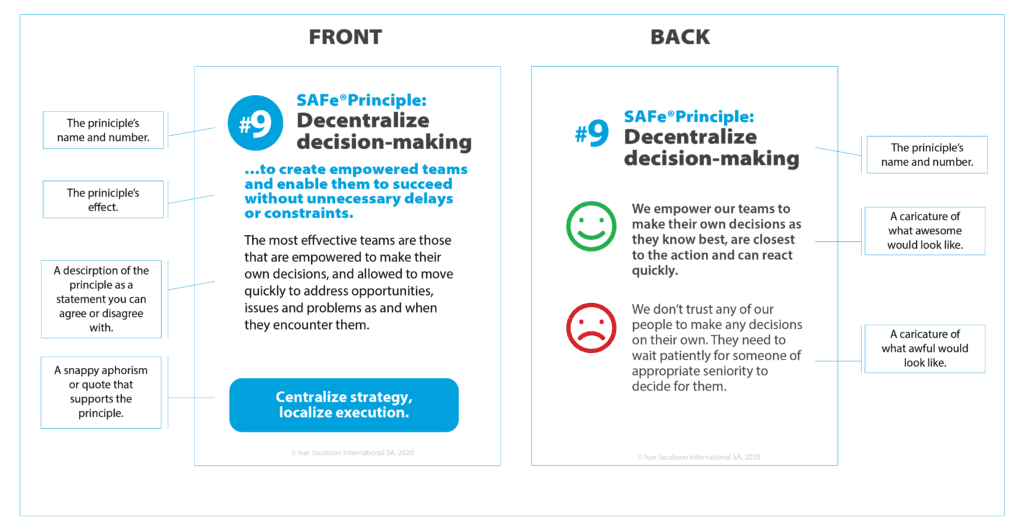
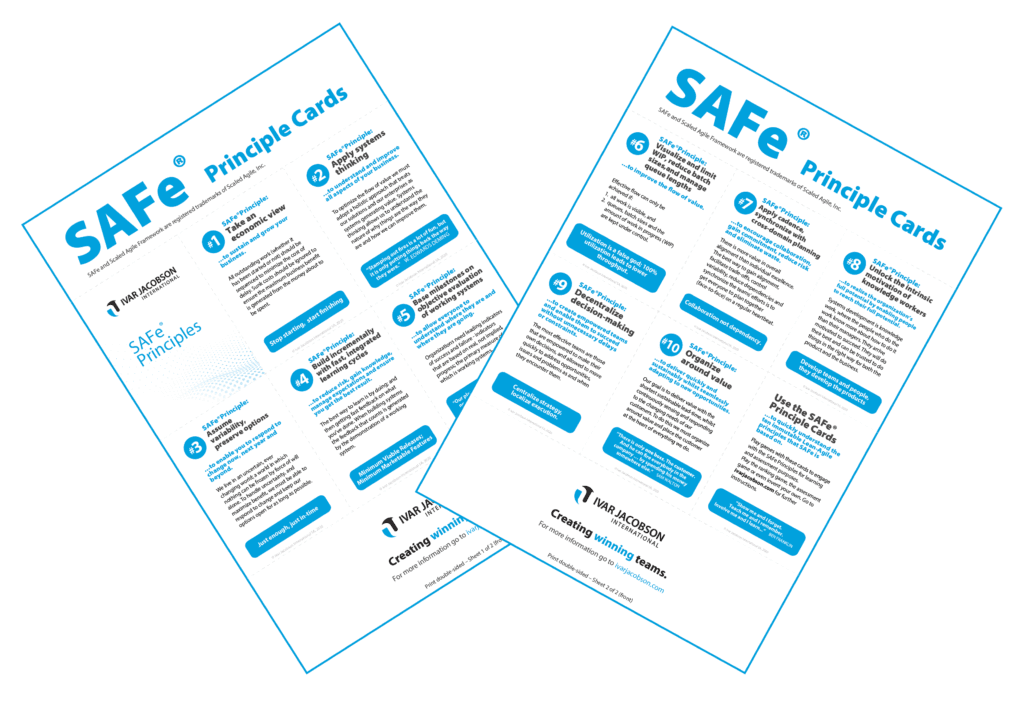
All on something the size of a small playing card.
In the old days, the full set would readily fit on one sheet of paper, but now with the introduction of the new 10th principle, we’ve had to expand to two sheets of paper.
The cards are freely available from the IJI website here.
Engaging executives and other leaders
Our experience with executives is that you are unlikely to get them to attend a two-day course or sit through an hour or more’s lecture on the SAFe Principles. They will play the penny game, but their appetite for being talked at is minimal.
This is a shame, as it is absolutely essential that they support and embody the principles in their day-to-day work.
Using the SAFe Principle cards to play the ‘principle ranking’ game, we’ve found that we can get them to engage with, understand, discuss and sign up to the SAFe Principles—all in under 30 minutes (20 is usually enough).
The game itself is very simple and can be played in a number of ways.
It is best played in groups of 3 – 4 people, as this maximizes discussion and ensures that everyone stays engaged throughout.
Equipment: One set of cut cards for each group and one set of uncut cards for each participant. The cut cards will be used to play the game and the uncut cards as a reference. If you want to look up a specific principle, it’s a lot easier to find it on the uncut set of cards than in a pack of cut cards.
The game: Give each group a set of cut principle cards and ask them to rank them in importance to the execution of their business. Separate any that don’t apply, or that they explicitly disagree with, from those that they would actively support.
Once the groups have finished their rankings, ask them if there are any principles they would discard. We’ve done this many times, at many different organizations, in many different industries and no one has ever discounted or rejected any of the principles. There are a number of ways to produce the ranking:
- Higher/lower. Someone takes the lead and places the first card on the table. The group discusses and makes sure they understand the principle. The next principle is then selected, discussed, and placed higher or lower relative to the ones already in play. The game continues until all cards are placed.
- Turn-based. A more formal variation of the previous approach where the members of the group take turns to either add a card to the ranking or reposition one of the cards that have already been played, explaining and discussing their justification as they place or move the cards. The game continues until no one wants to move any of the cards.
- Four piles. A simplified ranking where you distinguish the top three, the bottom three, and any rejected cards, and leave those not selected in a pile in the middle. This usually results in three piles as typically none are rejected.
Whichever way you choose to rank the cards, remember that it is OK for cards to have the same rank.
The results of the ranking can be interesting, particularly the difference between the different groups—but really this is just a forcing function to make them play with the cards. These pictures show the results from playing this game with a company’s IT leadership team. I’ll leave it as an exercise for the reader to spot which group was the architecture team.
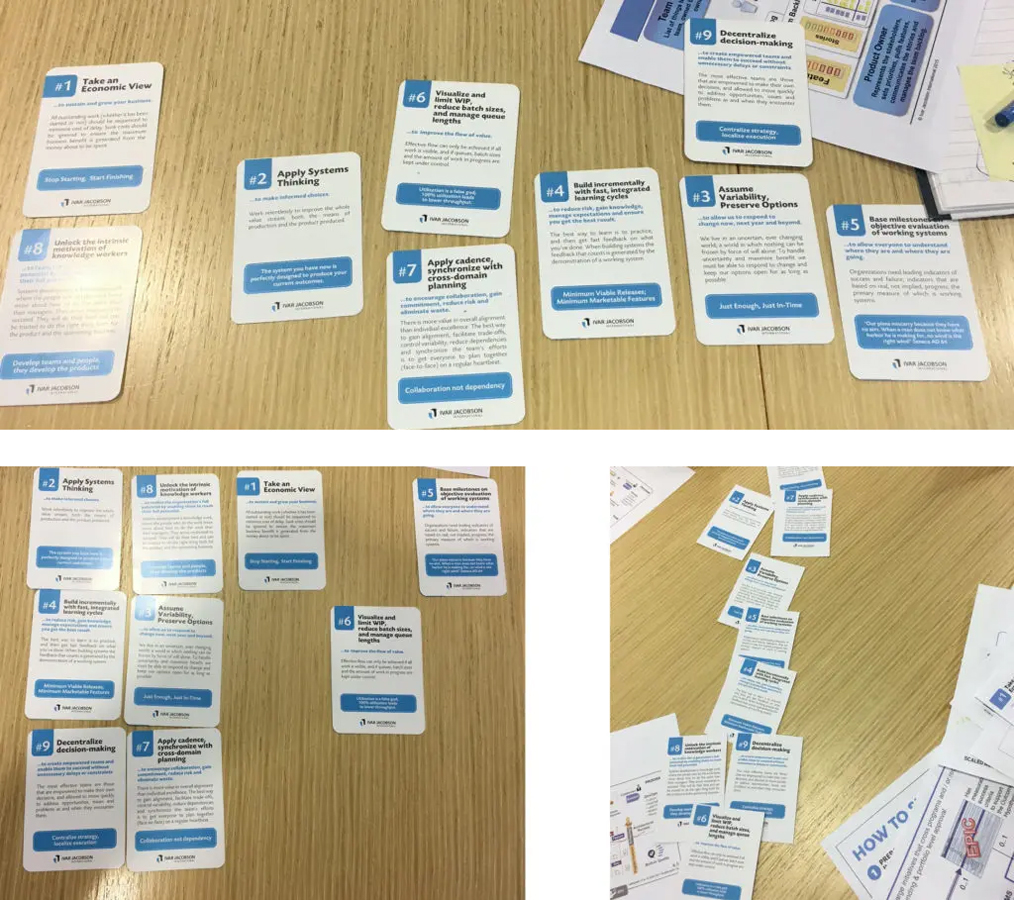
The real goal of the exercise though isn’t the ranking itself; it’s to get everyone actively engaged with and discussing the principles. The discussions can get quite lively with the participants often referring to the awesome/awful caricatures as well as the descriptions of the principles themselves.
As mentioned above, we’ve never seen any of the principles rejected but we have seen many different rankings. Rankings that often reflect the executive’s area of responsibility— for example, the CFO will typically place the cards in a different order to the head of human resources (HR).
This activity has always gone down really well—it’s active learning, engages everyone in the discussion and doesn’t take a lot of time. It has been so well received we’ve had executives ask to take the cards away to share with their teams. In one case, the head of HR grabbed one of the cards and said, “This is just what I need. I thought one of the ‘Agile’ team leaders was encouraging the wrong behaviours, but I had nothing to challenge them with.”
A good trick to close out the activity is to ask them, as they now understand the principles, “Would you be prepared to sign up to them?” If they say yes, take an uncut set of cards and get them all to physically sign them.
We’ve found that this exercise works almost as well in a virtual environment as it does face-to-face. Using tools such as Mural, it is possible to create an interactive experience that is close to that of playing with the cards face-to-face (but let’s be honest, nothing beats standing up with the cards in your hands).
Reflecting on how well the principles are being applied
The cards are a great tool to use in retrospectives to remind people of the principles they should be applying and to generate actions to encourage everyone to be better at applying them.
One simple way is to use them as a trigger for improvements during a retrospective. The two most effective approaches we have used are:
Pick a card. A very simple activity that throws a bit of randomness into the retrospective process. Every so often (every other retro / once a PI), randomly pick one or two cards to discuss and generate ideas for improvement. To make things fun, you could generate your own awesome and awful examples. The more methodical of you might want to work your way through all the principles one at a time—reducing the set of cards to be picked from each retrospective until you’ve got through all 10.
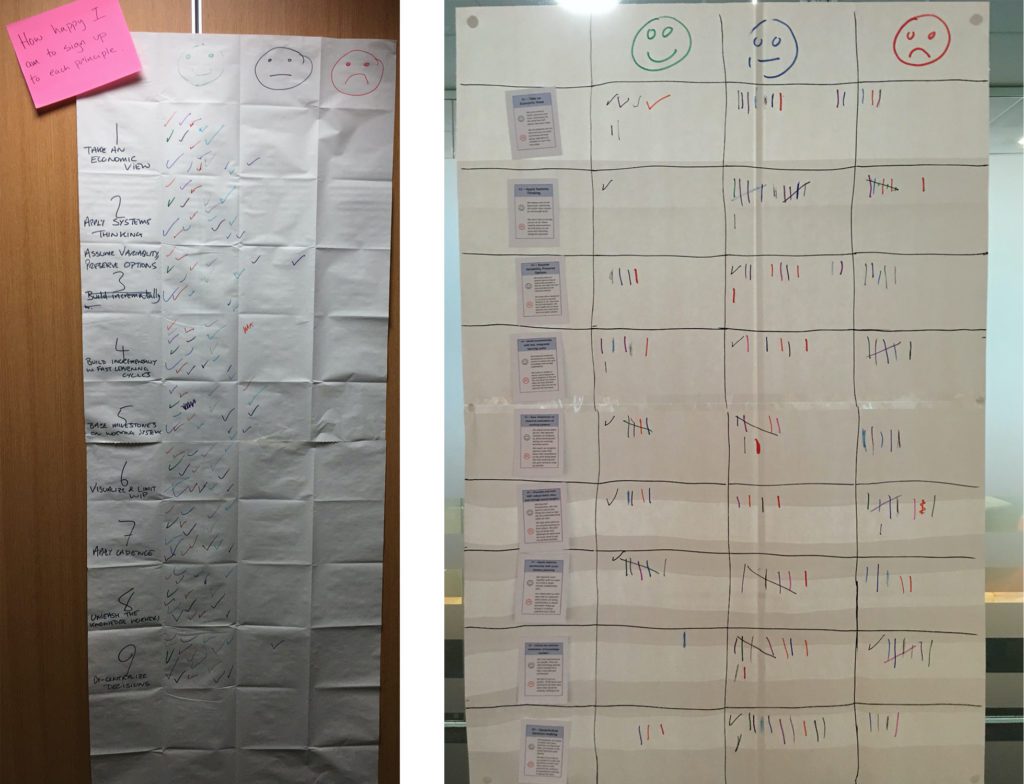
Value versus practice.
- Create a three-by-three grid with the x-axis being how important the principle is to the group (high, medium, low), and the y-axis being how well the principle is being applied (badly, meh, excellently).
- For those in the highly important/badly applied section, discuss what is going on, identify specific examples of bad behaviour, and generate concrete actions for improvement.
You can also use the cards to do a simple principle-based assessment. This is a great complement to the SAFe self-assessments and other practice-based assessments.
The simplest approach is to create a ‘happiness radiator’ with four columns (principle, happy face, neutral face, and sad face) and then get the assessors to tick the relevant box—as shown in the photos below. This can be done at the team level, train level, or even for the whole organization. The important thing is that everyone has their own vote—you want to avoid consensus bias as much as possible.
Note: If people are new to the principles, play the ranking game first to ensure that they understand the principle before voting.
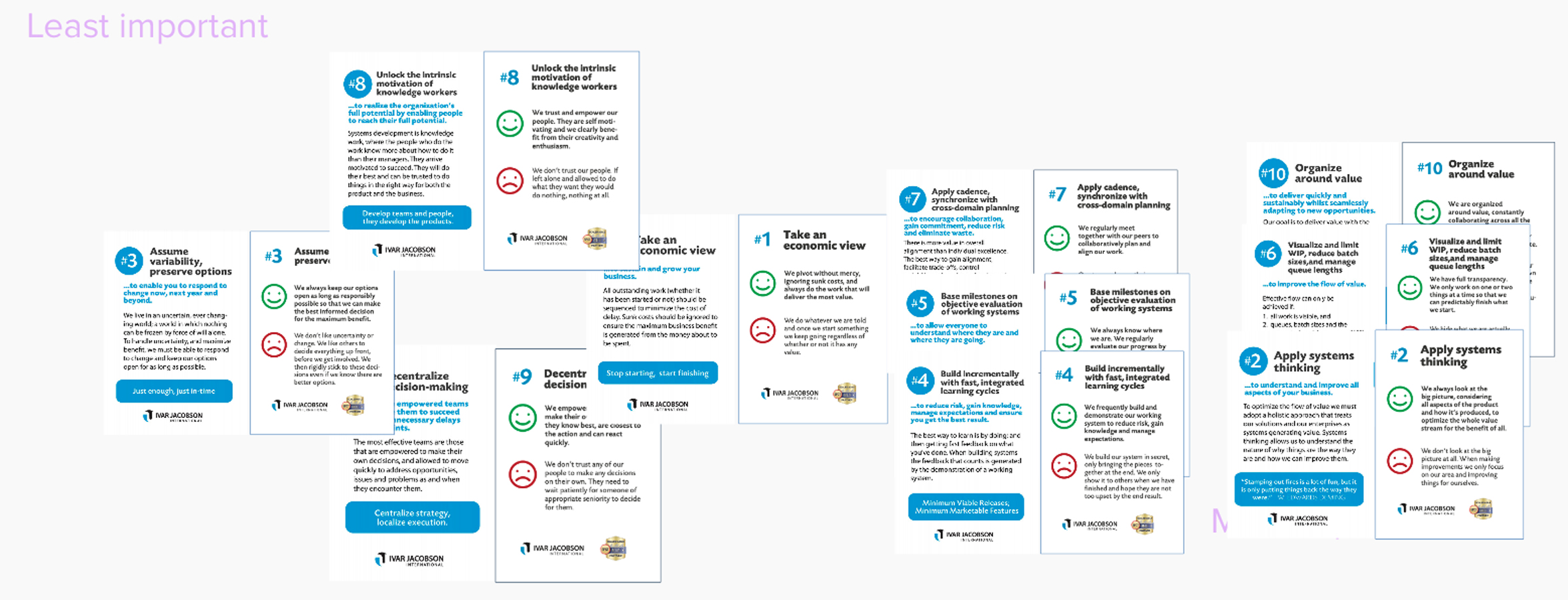

These assessments could, of course, be done without using the cards, but we’ve found that having the cards in their hands really helps people relate to the principle and tick the correct boxes. Even when working virtually, being able to see and manipulate the cards is invaluable.
To make life interesting, the feedback can be generated about a specific community or aspect of the framework such as Product Management and Product Ownership. The table below shows a set of results generated at the Global SAFe Summit in 2017. It also shows the results of performing the assessment at a meetup in Amsterdam.
It is scary how few Product Management Teams are exemplifying the SAFe Principles. I was shocked to see that only 13 percent of the SAFe practitioners surveyed at the SAFe Summit (about 100 people) thought that the Product Managers in their organization took an economic view. If the Product Management Team isn’t adhering to our underlying Lean and Agile principles, then I truly believe this will severely limit how Agile and effective the teams can be. If the Product Managers and Product Owners are not behaving in an Agile way, then there is no way that their teams can be truly Agile.

To help with these role-based assessments, we have produced sets of role-specific principle cards, one of which is shown on the left.
To get access to these cards and for more information on how to use them, go to the main Principle card page here. RTE and Architect cards are also in the works and will be accessible from the same area.
About Ian Spence

Ian Spence is an Agile coach, SAFe® Fellow, and Chief Scientist at Ivar Jacobson International. He has helped literally hundreds of organizations in their Agile transformations by providing leadership, training, consultancy, facilitation and all levels of coaching. An experienced Agile coach, consultant, team leader, analyst, architect, and scrum master, Ian has practical experience of the full project lifecycle and a proven track record of delivery within the highly competitive and challenging IT solutions environment.
Share:
Back to: All Blog Posts
Next: Quarantine and COVID-19: Beware of Burnout
